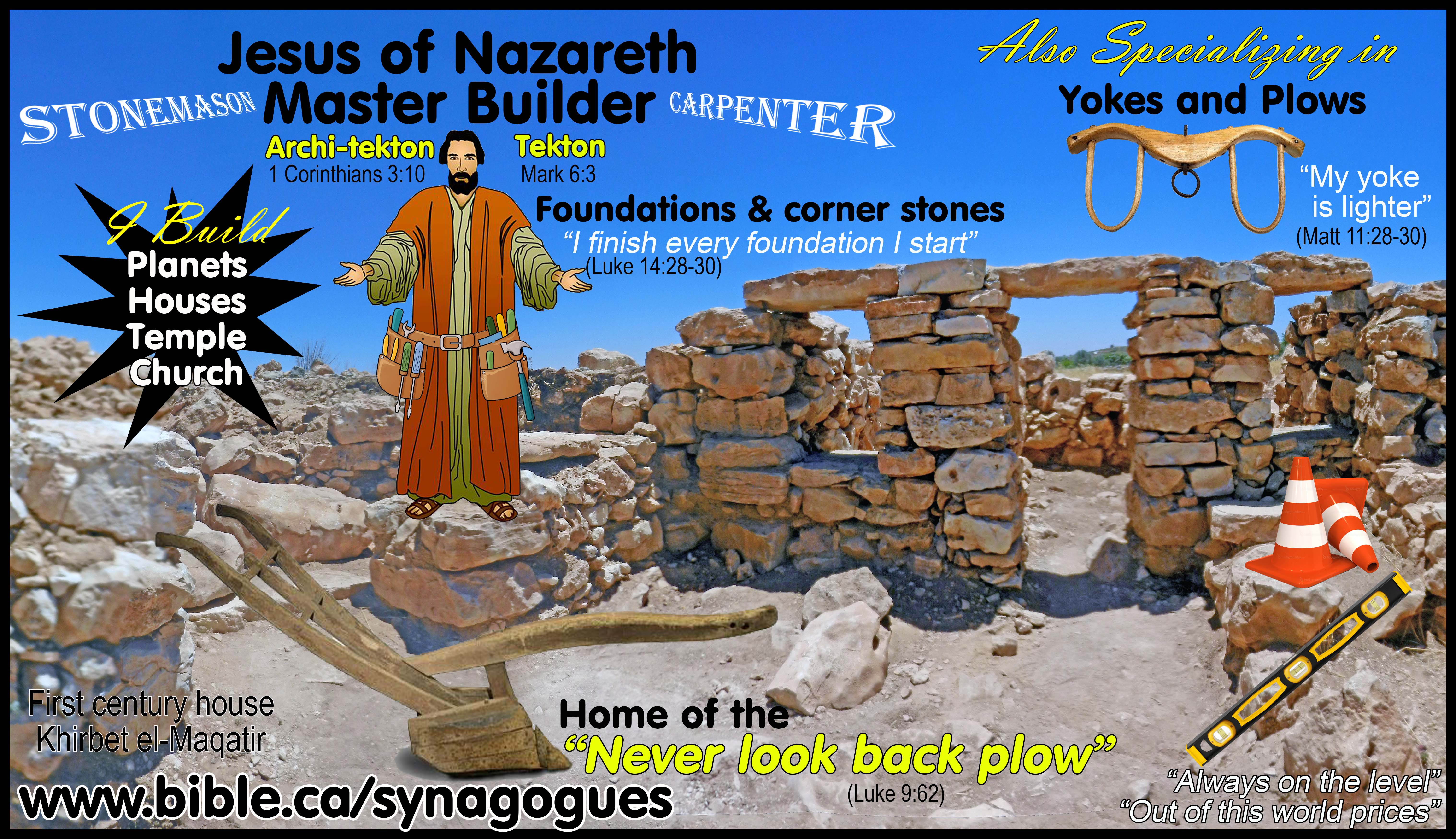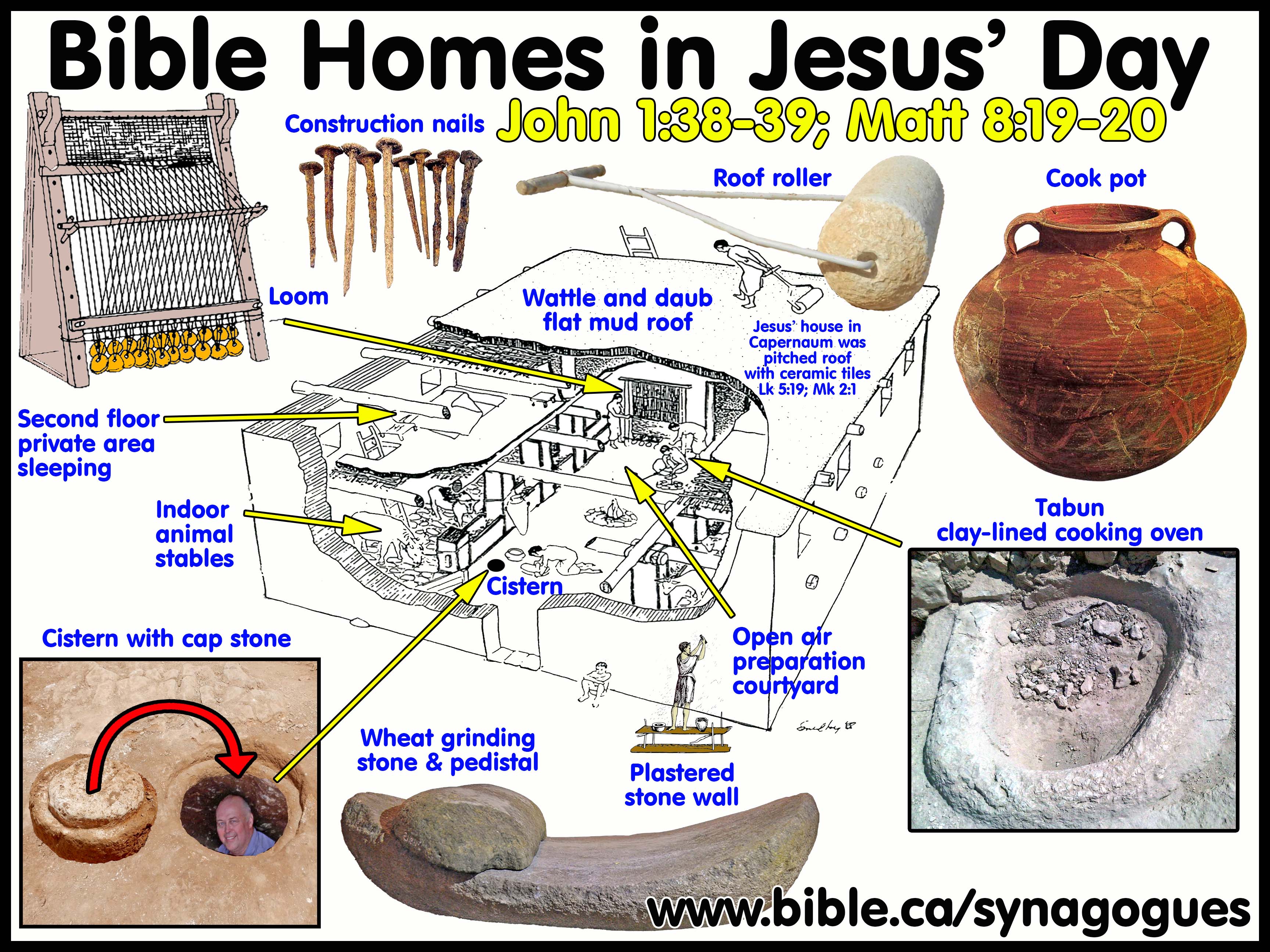|
Refugee Asylum Sanctuary Status in Synagogues First Century Synagogues and churches |
“On this Rock, I will build My church”
Ancient Synagogue Worship and the Church
Synagogue worship was the prototype for Christian Church.
|
REFUGEE SANCTUARY IN SYNAGOGUES |
A. Synagogues had Asylum Refugee Sanctuary status: “no-go zones”
1. Carefully read each of the synagogue inscriptions above.
2. Literary sources confirm the ancient Asylum status of Synagogues dating back to 250 BC
a. “Agrippa also did himself write, after the manner following, on behalf of the Jews:— “Agrippa, to the magistrates, senate, and people of the Ephesians, sendeth greeting. I will that the care and custody of the sacred money that is carried to the temple at Jerusalem be left to the Jews of Asia, to do with it according to their ancient custom; (168) and that such as steal that sacred money of the Jews, and fly to a sanctuary, shall be taken thence and delivered to the Jews, by the same law that sacrilegious persons are taken thence. I have also written to Sylvanus the praetor, that no one compel the Jews to come before a judge on the Sabbath day.” (Josephus, Antiquities 16.167-168)
b. “Certainly, in his decree forbidding the theft of sacred books and sacred money, Augustus treated the Jewish houses of prayer like temples - in the ancient world , money in temples was supposed to be inviolate. Agrippa 's order to Ephesus, in the same collection of decrees, states that men who steal the sacred money of the Jews and take refuge in places of asylum may be dragged out and turned over to the Jews, thus being treated in the same way as were temple robbers.” (Common Judaism and the Synagogue in the First Century, E. P Sanders, p6)
c. Text of Philo, Embassy/Legat. 132-139, Alexandria, 41-45 AD: “they set up in every one of them images of Gaius [Caligula], and in the largest, and most famous, and most celebrated [The Great Alexandria Synagogue] of them they erected a brazen statue of him borne on a four-horse chariot. … For, in the first place, one may derive them from about ten kings or more who reigned in order, one after another, for three hundred years [ie. Since 262 BC when they began in Alexandria], and who never once had any images or statues of themselves erected in our synagogues, though there were many of their relations and kinsmen whom they considered, and registered as, and spoke of as gods.” (Philo, Embassy/Legat. 132-139, Alexandria, 41-45 AD)
d. This amazing statement from Philo shows that when statues of Caligula were set up in all the Alexandrian synagogues, including the Great Synagogue of Alexandria in 38 AD, that this violated the sanctuary off limits refuge status that dates back 300 years to Ptolemy II/III in 262 BC.
e. “for though Antiochus, who was called Epiphanes, laid Jerusalem waste and spoiled the temple, yet did those that succeeded him in the kingdom restore all the donations that were made of brass to the Jews of Antioch, and dedicated them to their synagogue [sanctuary]” (Josephus, Wars of the Jews 7.44)
3. Refugee status is also connected with the fact that Synagogues were also courts.
a. Like ancient cities of refuge, people would flee there until the case was heard.
b.
The inscription from Alexandrou Nesos Egypt speaks of a Jewish man who
stole a non-Jewish woman’s coat and fled to the synagogue for safety. The woman
pleads that the case be heard and she get her coat returned.

B. 38 AD: Legal sanctuary/asylum status of synagogues violated by statues of Caligula:
1. Synagogues enjoyed a 300 year old legal sanctuary/asylum status that was violated by the desecration of placing statues of Caligula placed inside synagogues in 38 AD.
a. When the pagan Egyptians entered the synagogues to erect the statues of Caligula, the very first thing the Jews said was: THAT’S ILLEGAL!
b. There had been a series of longstanding imperial decrees extending “refugee status” to synagogues that was violated when non-Jews entered the synagogue.
2. Text of Philo, Embassy/Flaccum 41-53:
a. “And when the multitude perceived this, I do not mean the ordinary and well-regulated population of the city, but the mob which, out of its restlessness and love of an unquiet and disorderly life, was always filling every place with tumult and confusion, and who, because of their habitual idleness and laziness, were full of treachery and revolutionary plans, they, flocking to the theatre the first thing in the morning, having already purchased Flaccus for a miserable price, which he with his mad desire for glory and with his slavish disposition, condescended to take to the injury not only of himself, but also of the safety of the commonwealth, all cried out, as if at a signal given, to erect images in the synagogues, (42) proposing a most novel and unprecedented violation of the law. [Ancient law as far back as 250 BC granted Synagogues Asylum/Sanctuary status] And though they knew this (for they are very shrewd in their wickedness), they adopted a deep design, putting forth the name of Caesar as a screen, to whom it would be impiety to attribute the deeds of the guilty; (43) what then did the governor [Flaccus] of the country do? Knowing that the city had two classes of inhabitants [Jews and Egyptians], our own nation and the people of the country, and that the whole of Egypt was inhabited in the same manner, and that Jews who inhabited Alexandria and the rest of the country from the Catabathmos on the side of Libya to the boundaries of Ethiopia were not less than a million of men; and that the attempts which were being made were directed against the whole nation, and that it was a most mischievous thing to distress the ancient hereditary customs of the land; he, disregarding all these considerations, permitted the mob to proceed with the erection of the statues [in synagogues: 38 AD], though he might have given them a vast number of admonitory precepts instead of any such permission, either commanding them as their governor, or advising them as their friend. VII. (44) But he, for he was eagerly cooperating in all that was being done amiss, thought fit to use his superior power to face the seditious tumult with fresh additions of evil, and as far as it depended on him, one may almost say that he filled the whole of the inhabited world with civil wars; (45) for it was sufficiently evident that the report about the destruction of the synagogues, which took its rise in Alexandria would be immediately spread over all the districts of Egypt, and would extend from that country to the east and to the oriental nations, and from the borders of the land in the other direction, and from the Mareotic district which is the frontier of Libya, towards the setting of the sun and the western nations. For no one country can contain the whole Jewish nation, by reason of its populousness; (46) on which account they frequent all the most prosperous and fertile countries of Europe and Asia, whether islands or continents, looking indeed upon the holy city as their metropolis in which is erected the sacred temple of the most high God, but accounting those regions which have been occupied by their fathers, and grandfathers, and great grandfathers, and still more remote ancestors, in which they have been born and brought up, as their country; and there are even some regions to which they came the very moment that they were originally settled, sending a colony of their people to do a pleasure to the founders of the colony. (47) And there was reason to fear lest all the populace in every country, taking what was done in Egypt as a model and as an excuse, might insult those Jews who were their fellow citizens, by introducing new regulations with respect to their synagogues and their national customs; (48) but the Jews, for they were not inclined to remain quiet under everything, although naturally entirely disposed towards peace, not only because contests for natural customs do among all men appear more important than those which are only for the sake of life, but also because they alone of all the people under the sun, if they were deprived of their houses of prayer [common word used in Egypt for synagogue], would at the same time be deprived of all means of showing their piety towards their benefactors, which they would have looked upon as worse than ten thousand deaths, inasmuch as if their synagogues were destroyed they would no longer have any sacred places in which they could declare their gratitude, might have reasonably said to those who opposed them: (49) You, without being aware of it, are taking away honour from your lords instead of conferring any on them. Our houses of prayer are manifestly incitements to all the Jews in every part of the habitable world to display their piety and loyalty towards the house of Augustus; and if they are destroyed from among us, what other place, or what other manner of showing that honour, will be left to us? (50) For if we were to neglect the opportunity of adhering to our national customs when it is afforded to us, we should deserve to meet with the severest punishment, as not giving any proper or adequate return for the benefits which we have received; but if, while it is in our power to do so, we, in conformity with our own laws which Augustus himself is in the habit of confirming, obey in everything, then I do not see what great, or even what small offence can be laid to our charge; unless any one were to impute to us that we do not transgress the laws of deliberate purpose, and that we do not intentionally take care to depart from our national customs, which practices, even if they at first attack others, do often in the end visit those who are guilty of them. (51) But Flaccus, saying nothing that he ought to have said, and everything which he ought not to have said, has sinned against us in this manner; but those men whom he has studied to gratify, what has been their design? Have they had the feelings of men wishing to do honour to Caesar? Was there then a scarcity of temples in the city, the greatest and most important parts of which are all allotted to one or other of the gods, in which they might have erected any statues they pleased? (52) We have been describing the evidence of hostile and unfriendly men, who seek to injure us with such artifice, that even when injuring us they may not appear to have been acting iniquitously, and yet that we who are injured by them cannot resist with safety to ourselves; for, my good men, it does not contribute to the honour of the emperor to abrogate the laws, to disturb the national customs of a people, to insult those who live in the same country, and to teach those who dwell in other cities to disregard unanimity and tranquillity. (53) Since, therefore, the attempt which was being made to violate the law appeared to him to be prospering, while he was destroying the synagogues, and not leaving even their name, he proceeded onwards to another exploit, namely, the utter destruction of our constitution, that when all those things to which alone our life was anchored were cut away, namely, our national customs and our lawful political rights and social privileges, we might be exposed to the very extremity of calamity, without having any stay left to which we could cling for safety” (Philo, Embassy/Flaccum 41-53, Alexandria, 38-41 AD)
C. Churches today continue to enjoy Asylum Refugee Sanctuary status:
1. Although the church of Christ doesn’t recognize its own ancient right of “sanctuary status”, the state does.
a. There are countless examples of people living in church buildings in order to avoid being arrested by local authorities.
b. Churches and synagogues are declaring themselves “sanctuaries” for immigrants fleeing deportation and housing people on church property.
c. This ancient right exists even if churches choose not to use it or even believe it is scriptural.
2. Modern national embassies and consulates also derive their “Asylum status” from ancient synagogues.
a. In some cases, an American will flee to his own foreign US embassy to avoid arrest or persecution of a foreign government.
b. In other cases, an Australian will seek refugee status in the Ecuadorian embassy in England in order to avoid being deported to the USA for espionage: Julian Paul Assange (Wikileaks).
By Steve Rudd 2017: Contact the author for comments, input or corrections
|
Jesus your messiah is waiting for you to come home! |
|
|
Why not worship with a first century New Testament church near you, that has the same look and feel as the Jewish Synagogue in your own home town. As a Jew, you will find the transition as easy today as it was for the tens of thousands of your forefathers living in Jerusalem 2000 years ago when they believed in Jesus the Nazarene (the branch) as their messiah. It’s time to come home! |
|
By Steve Rudd: Contact the author for comments, input or corrections.
Go to: Main Ancient Synagogue Start Page














